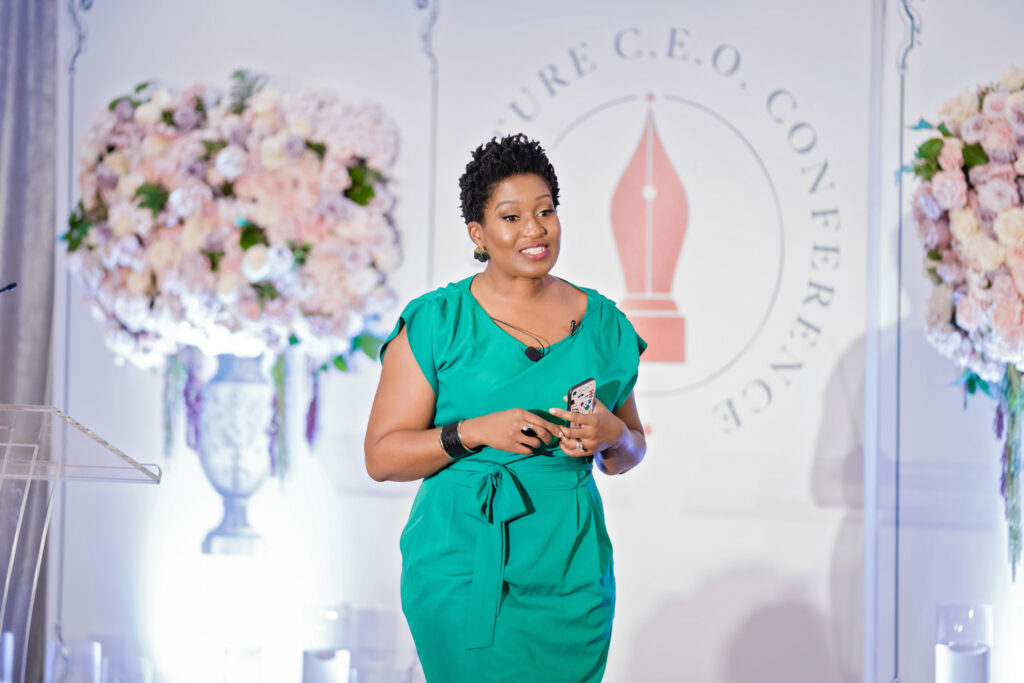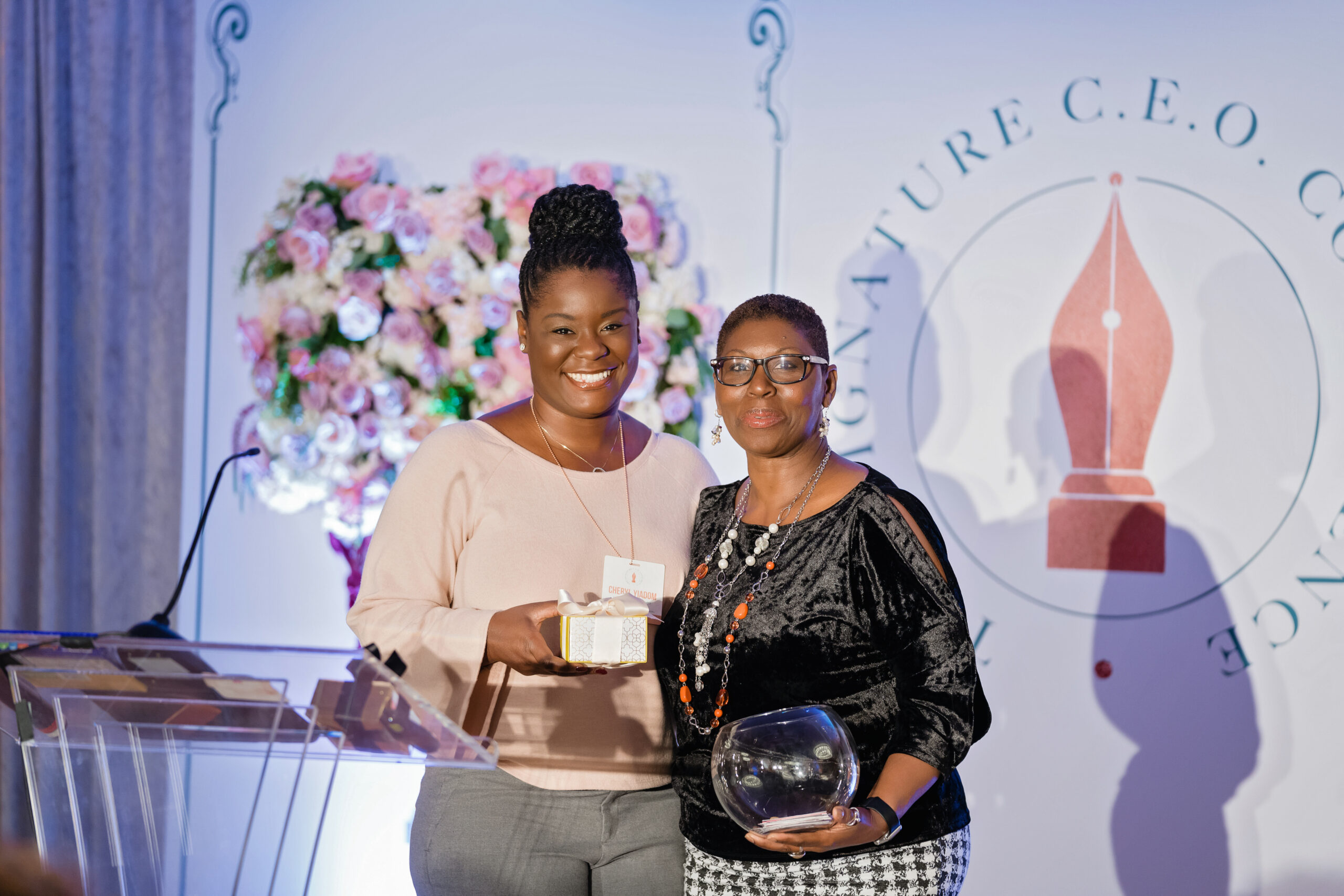When planning a conference or seminar there are a plethora of details to consider making sure that all involve receive a return on investment (ROI). As an Organizer/Host, the top desired ROI’s are attendance which then correlates to the second return is profit! From an attendee’s view of return on investment this can vary depending on the individual however your audience will have similarities.
In summation, Organizers should create a planning strategy that involves these key indicators:
- Will your conference/seminar serve as a Road Map?
- Create the perfect environment.
- Do you have brand recognition?
- Consider your center of attraction.
- Who is your target audience?
- Evaluate the caliber of speakers.
- Determine the components/structure of the day(s).
- Attendee Engagement…keeping them engaged before, during, and after your event.
Today, we are going to discuss as part of an eight-part series of conference planning;” Will Your Conference Serve as a Road Map?”.
As indicated earlier, individuals attend conferences for various reasons that is beneficial to them either professionally or personally. The top reasons for attending a conference are to receive relevant content and to grow their network of like-minded counterparts. To satisfy their journey (benefits of attending) you (the Organizer) will need to answer the following questions in your planning process to serve as a roadmap to encourage attendance:
- Will your platform fill a void? Are you providing content that is top of mind – does it resonate with your audience?
- Credentials/Certifications? An extra incentive is to offer credits/certificates in partnership with another educational platform such as a national certification program, this will hold value in the eyes of your attendees and encourage registration.
- What components of your platform will showcase the opportunity to learn a newly discovered innovation or skill? It’s a phenom to be the first to learn something new or to be enlightened by an innovation that will make a dramatic change. So, consider what percentage of the content that will provide an aha moment for your audience.
- Finding Solutions to Problems. This situation correlates to bullet point 1, 2, and 3. Content is an invaluable solution to anyone attending a conference/seminar. As the Organizer you are creating an experience to provide information that you feel will be of value and will promote a loyal following. As the attendee, their investment is important to them and they want to be able to takeaway as much as they invested. Post conference surveys is an excellent opportunity to gain insight into what your audience is yearning so that you can be in the forefront for the next conference/seminar that you plan.
- Meeting Experts & Influencers. Attendees hold in esteem the opportunity to engage with the Speakers who they consider as experts or influencers. As the Organizer, discuss with your roster of speakers to engage beyond the stage; join the activities of the conference, network with the attendees, etc. The level of interaction with your Speakers will correlate to a positive engagement/experience for your attendees.
- Building a Community through Networking. As an Organizer, have a balance in the time allotted for content, activities, and social interaction/networking. Networking has become an asset to professional development over the years, i.e.., to strengthen business connections, get known by others for career advancement, build a balanced support system, create long-lasting relationships, etc.
Creating a conference experience is a true balancing act to ensure that the investment for everyone is equal. The goal is to achieve the perfect blueprint – a road map that provides a cohesive brand image for you the Organizer – a road map that fulfills an attendees personal or professional growth.
Stay tuned for Part 2.



